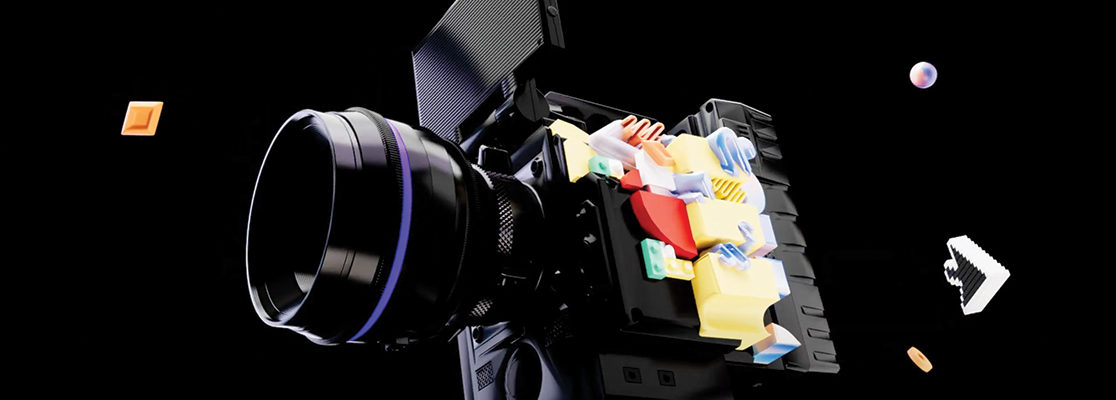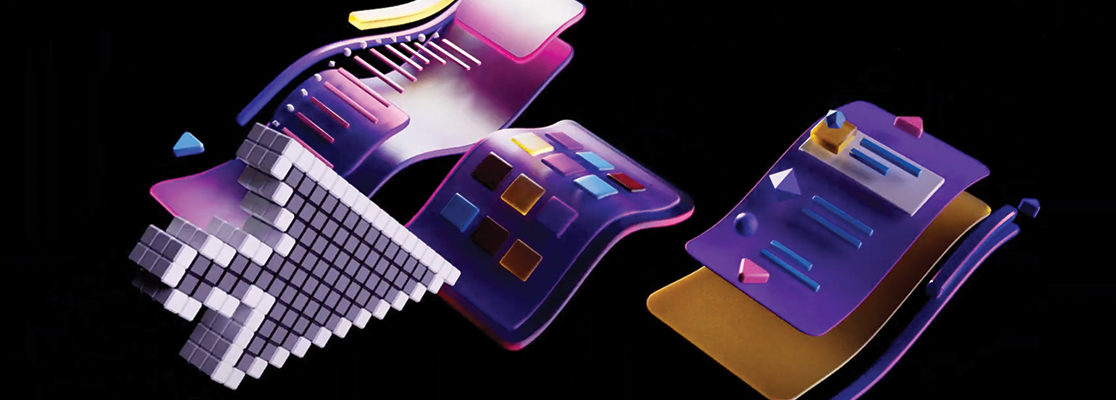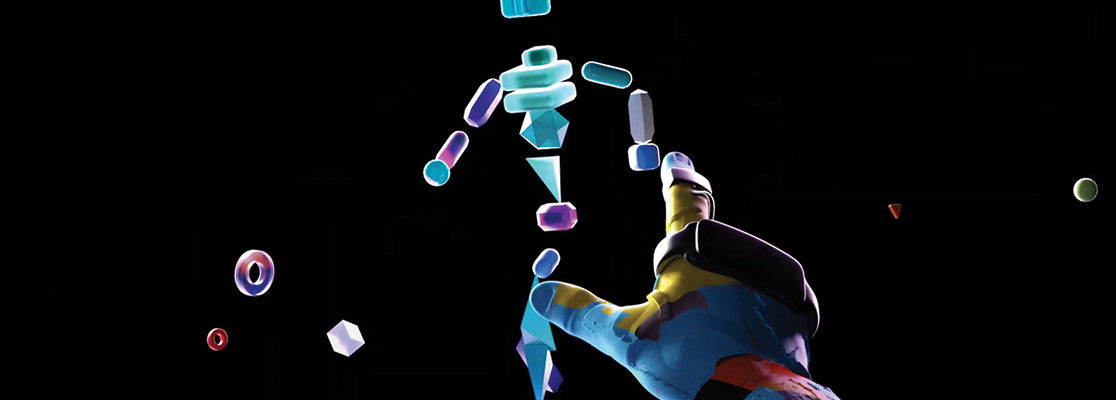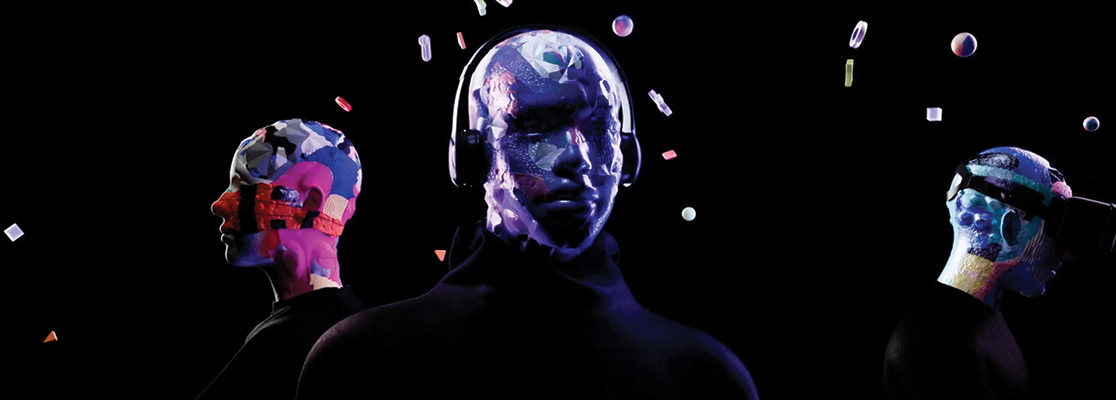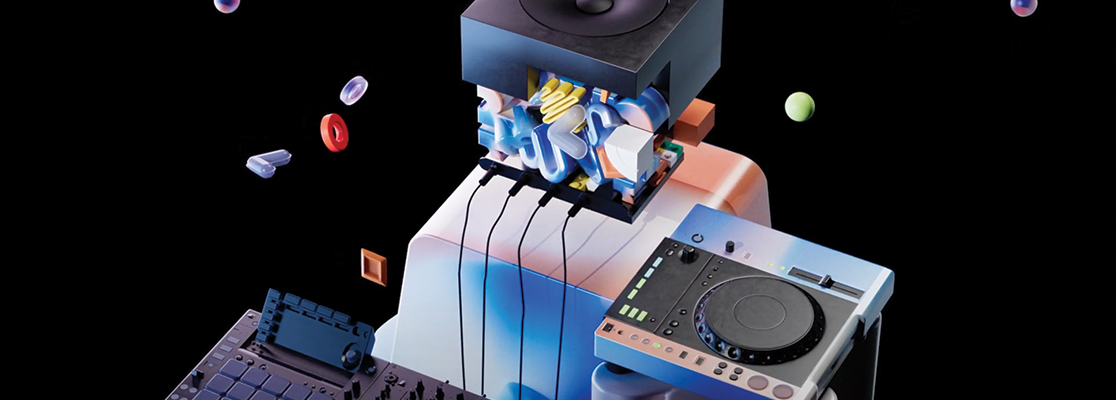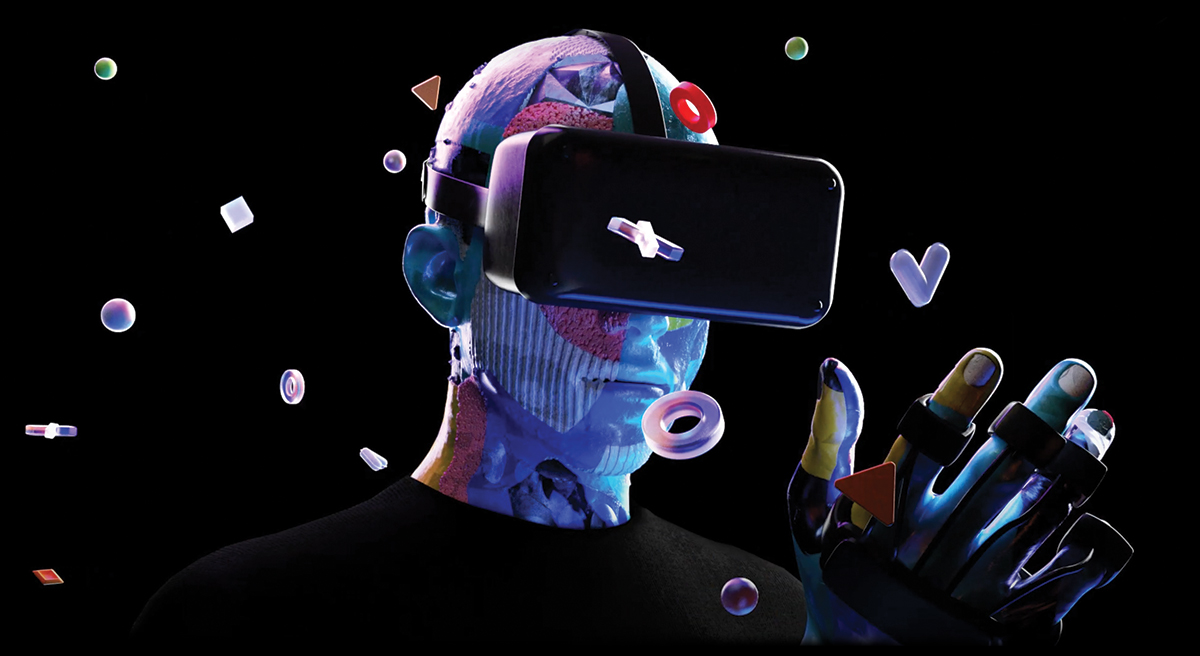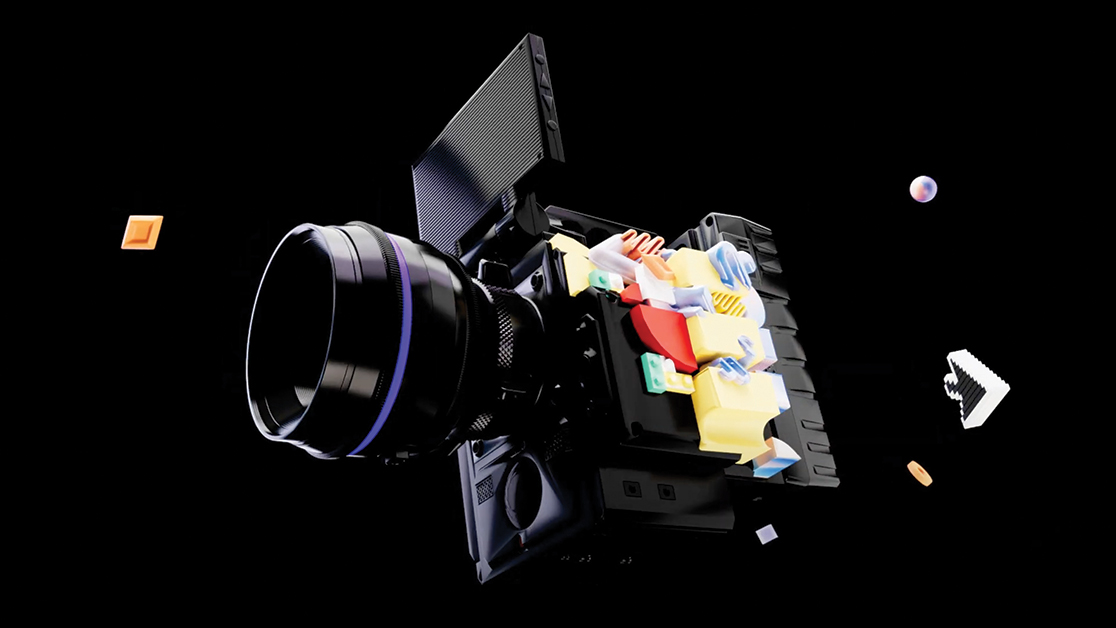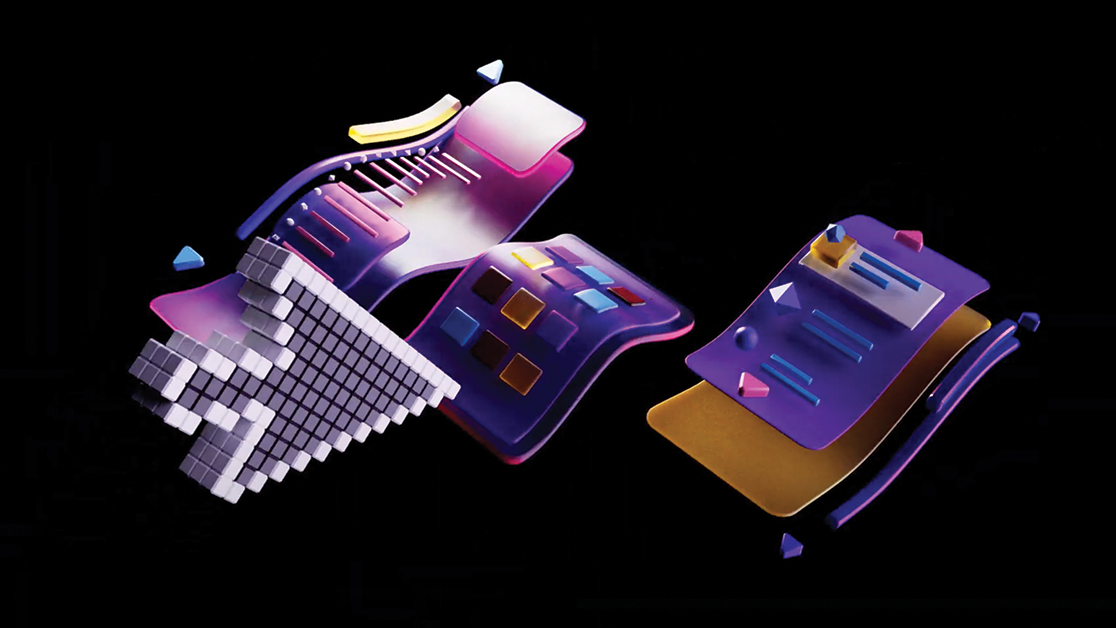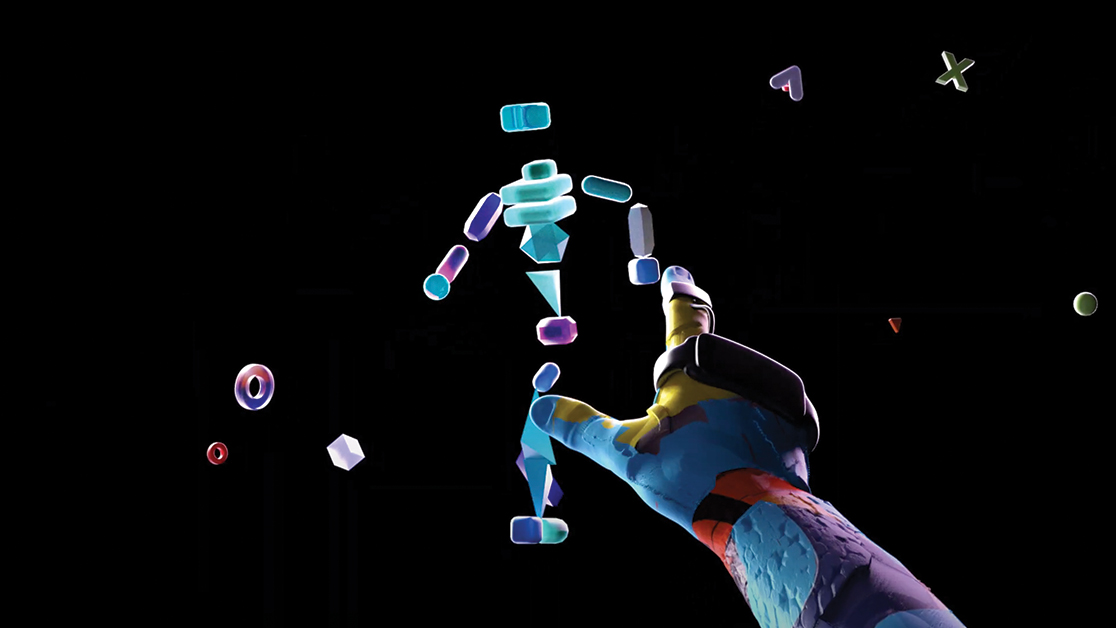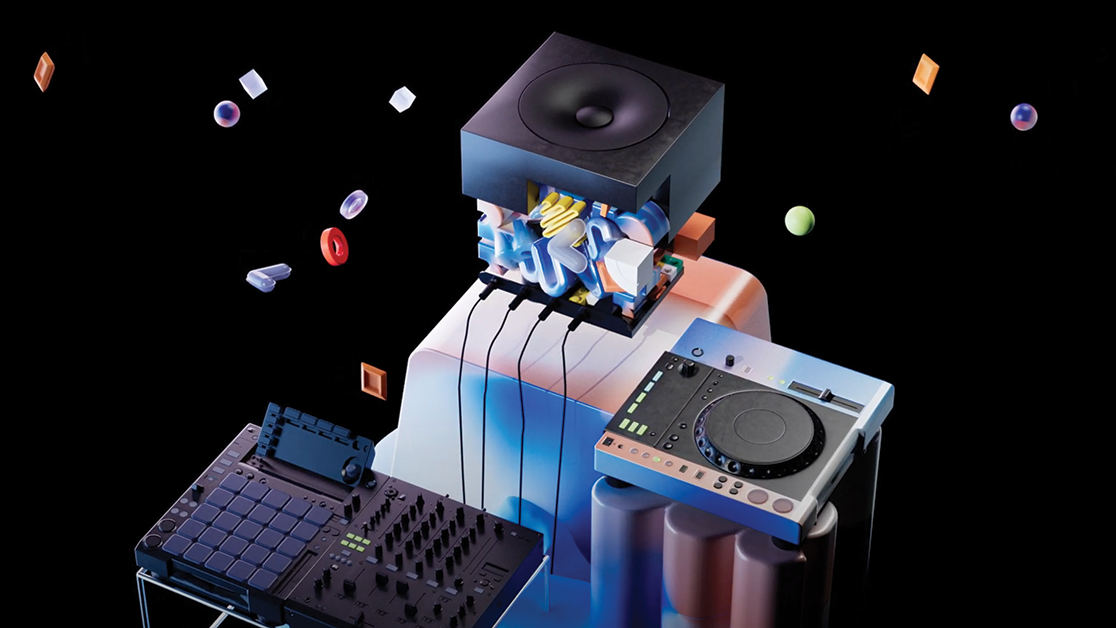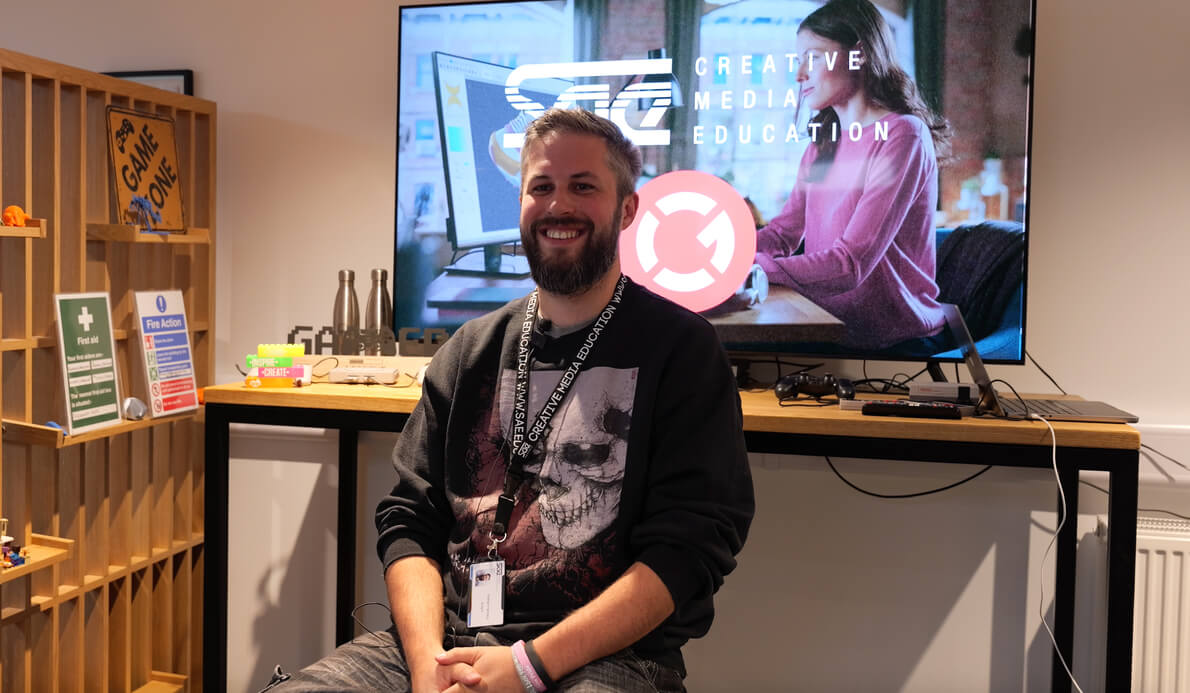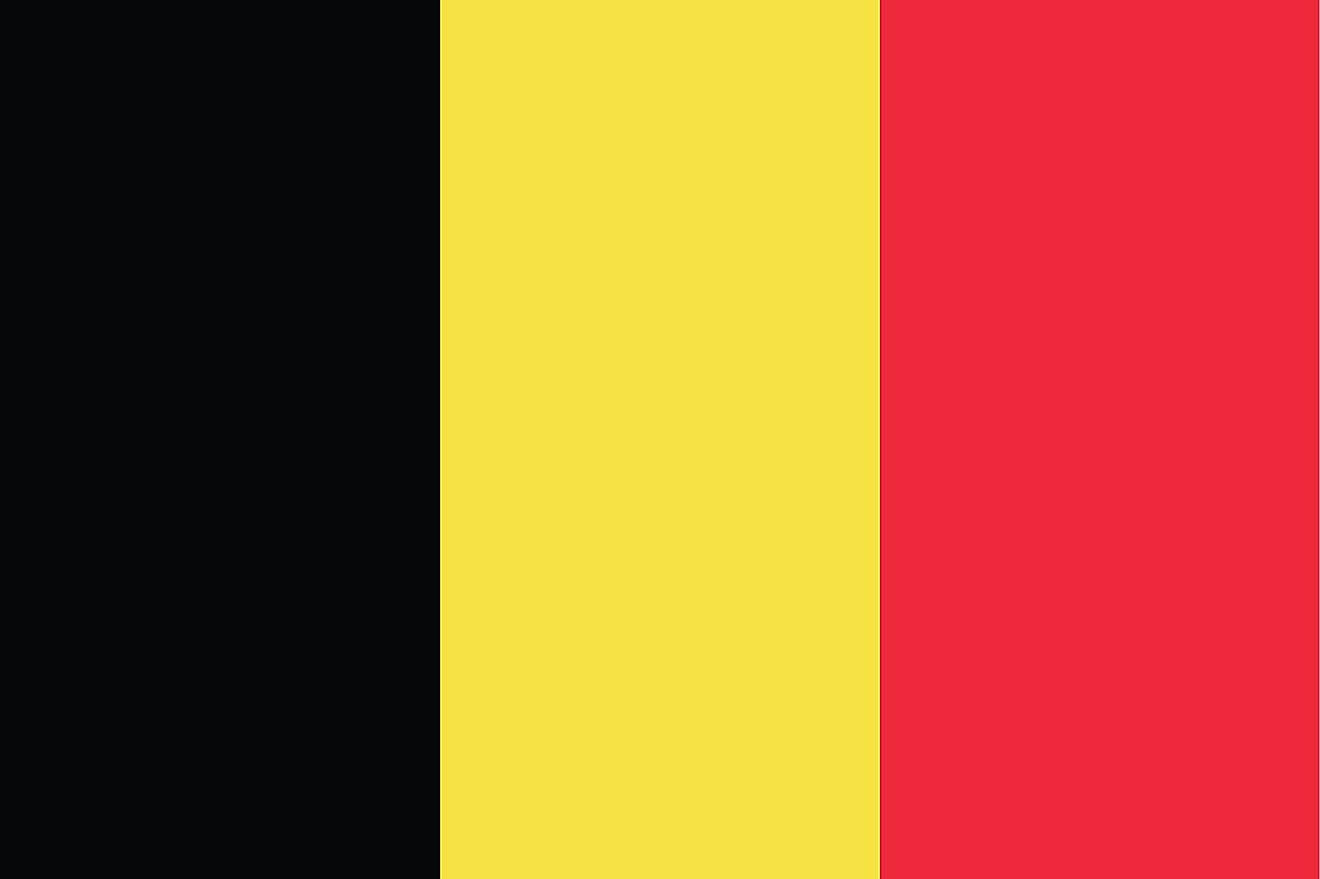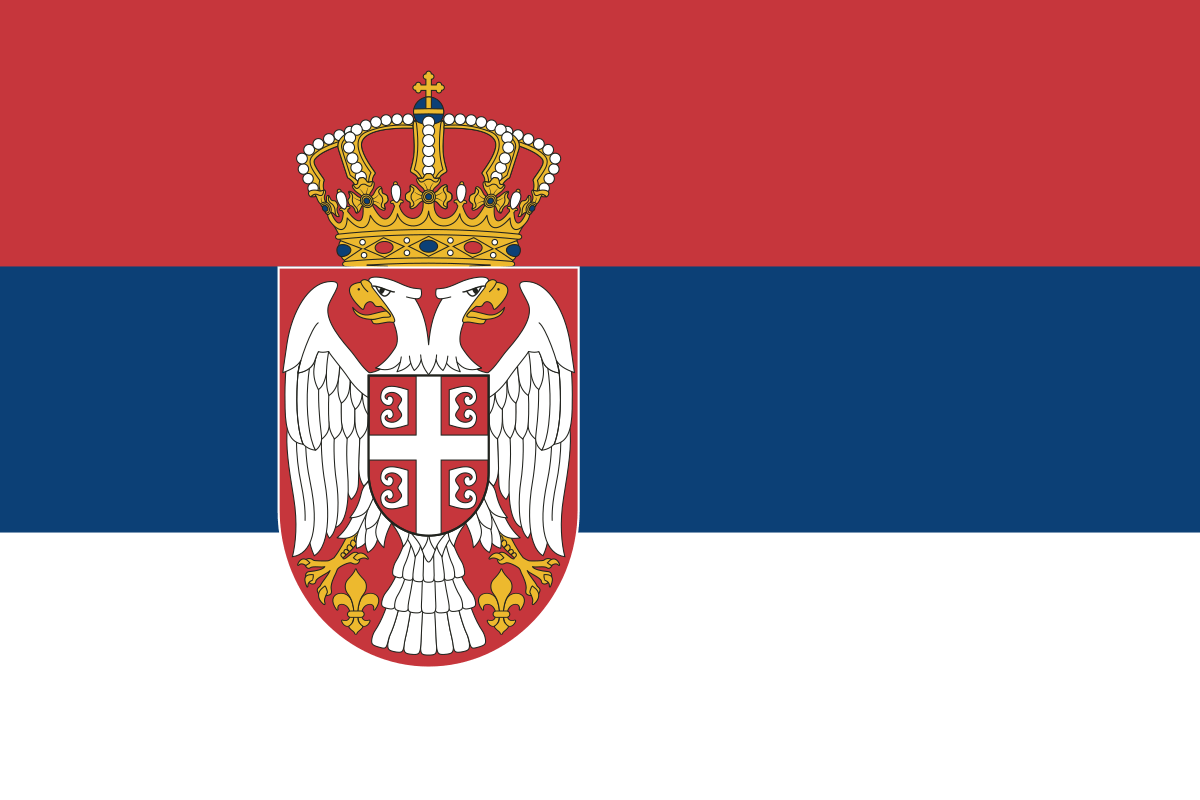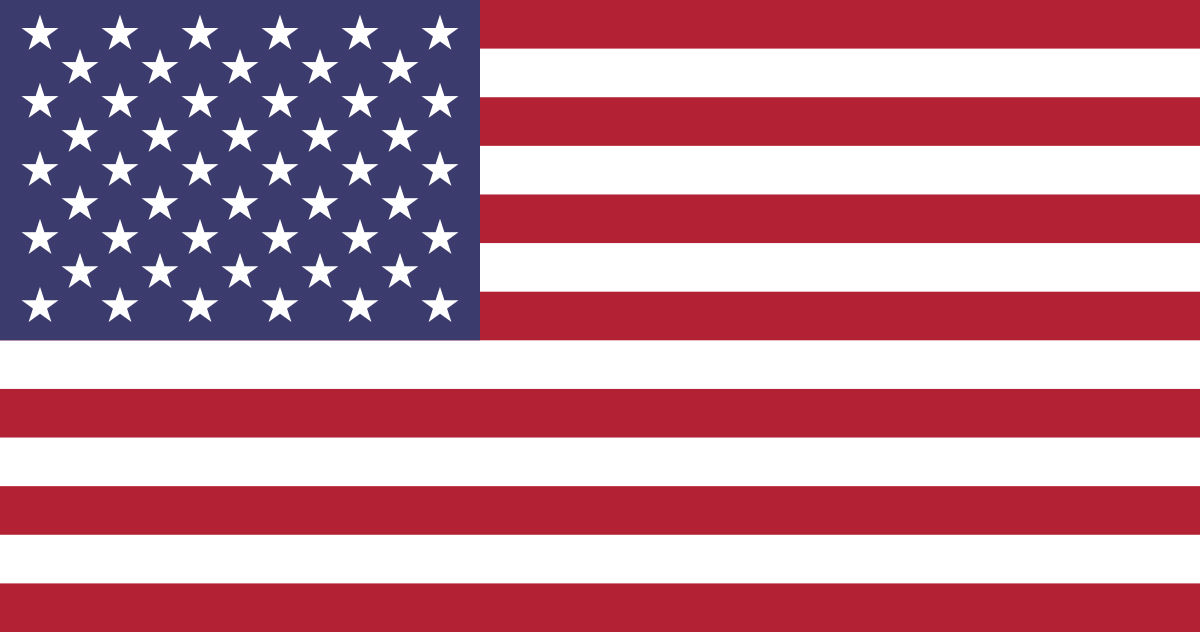Nathan Flannery is a Games Programming and Game Design Lecturer at SAE Leamington Spa with more than a decade of experience as an educator.
He’s an expert in programming, development, design, and interactive media and has worked alongside numerous organisations and professionals on games and apps.
Here, Nathan shares his insights on SAE’s game courses and how studying can help students advance their careers. Get in contact with our team to find out more about our different courses.
What’s the difference between the Games Programming and Game Design degrees at SAE?
The Games Programming course is for students wanting to get into how games are made, game mechanics, programming and how to take a game concept from an idea to a working piece of software that people can enjoy.
At SAE, we go through two different programming languages – C sharp in Unity and C++ in Unreal Engine.
We also look at visual scripting in Unreal Engine. You don’t have to know what these terms mean because we take you in and teach you everything you need to know. By the end of it, you’ll be an expert in these game building blocks.
Now, the Game Design course is about leading groups of people through this process in a project management role. You can take teams of artists, programmers, and those into the narrative construction of games through the whole process from concept to release.
Game designers also have very specialist areas as this covers UI and UX. It also includes level design alongside narrative and branching narrative so you don’t have a game which is just like watching a film. Instead, you can actually make meaningful choices in the game. So, the courses are different, but they do work together.
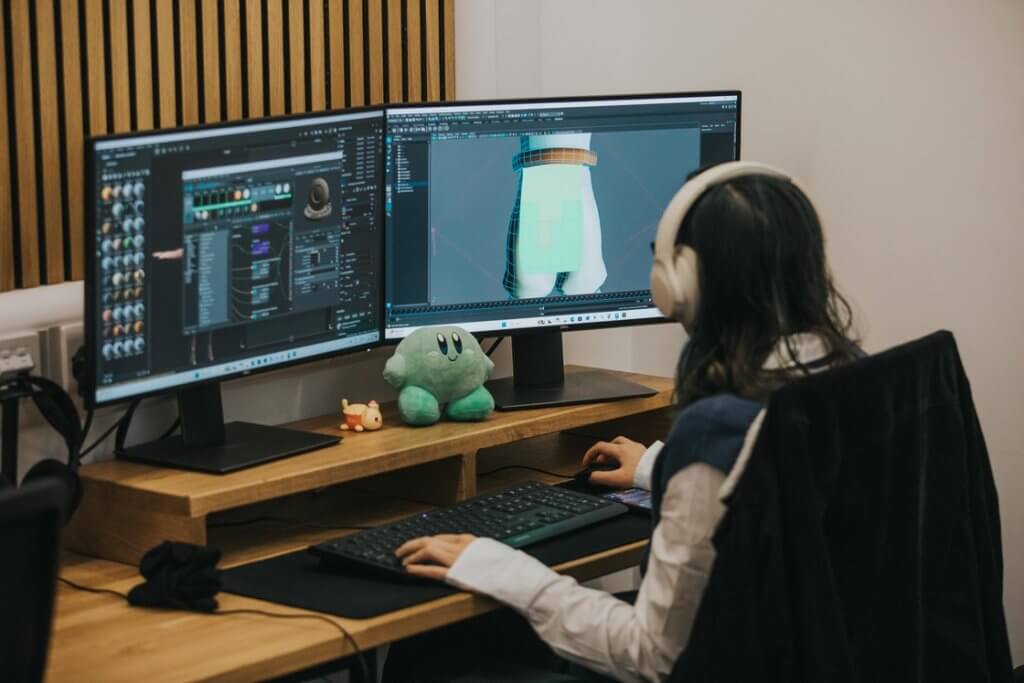
Can you give us an overarching structure of Games Programming?
Games Programming starts off with a real skills builder on the programming basics. We also take students through the design process, so how to design a game, the different aspects of gameplay, then how you turn this into code.
In the second part of Level 4, we look at programming games so they are living and breathing, not just this colour sandbox. We look at procedural generation, and getting games working on different platforms other than the PC too.
In summary, we help you build up your skills before we go into Level 5 and creative studios. In the same way that the games industry works, we work in small studios so you’ll be collaborating with your peers – they could be other programmers but could also be game artists or designers, or audio students. Working like this gives students more experience in building these larger prototypes for their portfolio but it also gives them experience of working in the same way as projects do in the industry.
Level 6 is all about major projects. Students are free to pick a topic that interests them. So, for example, as a programmer, you might choose to explore the back end of multiplayer games. You could then research this and what you need to know as a programmer to work on a multiplayer game server. Then in the major project, you could experiment, prove or disprove a hypothesis.
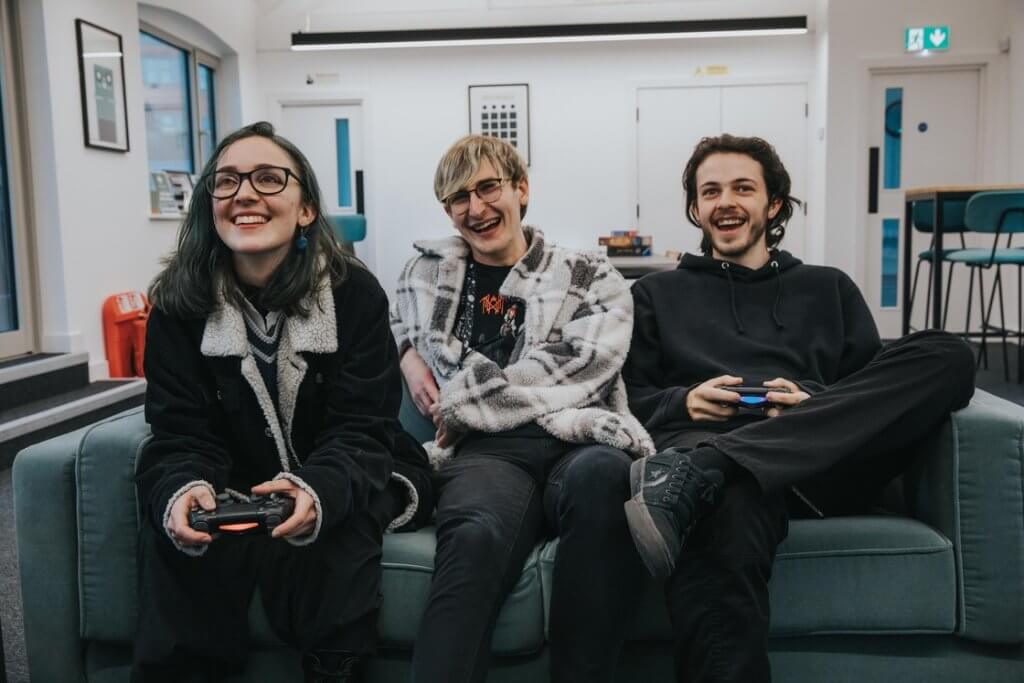
How about the Game Design course? What does this involve?
This starts off with skills building, and a lot of the same modules that are studied in programming. Game designers begin by looking at core game mechanics, the different controls and levels that make up a video game while also learning the game development basics – the pipeline from game inception through to ideation, then planning, producing and post production.
In the second half of Level 4, game designers focus on games and culture, so recent trends. As an industry it is very changeable as it’s technology driven so new innovations are always appearing.
We also look at game narratives, testing and the experience of using user feedback to improve games. There’s also a physical game component as well so if you’re a game designer there’s physical prototyping. This means taking a game idea and creating almost like a board game before you take it into software. This helps remove gameplay mechanic bugs before you start giving it to coders.
Then in Level 5, game designers work in studios groups with programmers, artists, and audio students. The designers act as the lead for these projects, they focus on project management, workflow and the kind of methods that you would then have to run a game if you were the chief game designer. Also, they go into detail about what a lead level designer and lead narrative designer do.
In Level 6, game designers have their major project so they look at an aspect of game design – whether that’s narrative, levels, UI, or UX. They’re free to propose an area they can really dig into, then write a big thesis and make an artefact like a small game prototype to prove or disprove an idea.
There’s so much you can do with game design. It doesn’t have to just be making a video game, you can take the principles to make role playing games, tabletop board games, and more. Often in the industry, this is used as a tool to get ideas out there.
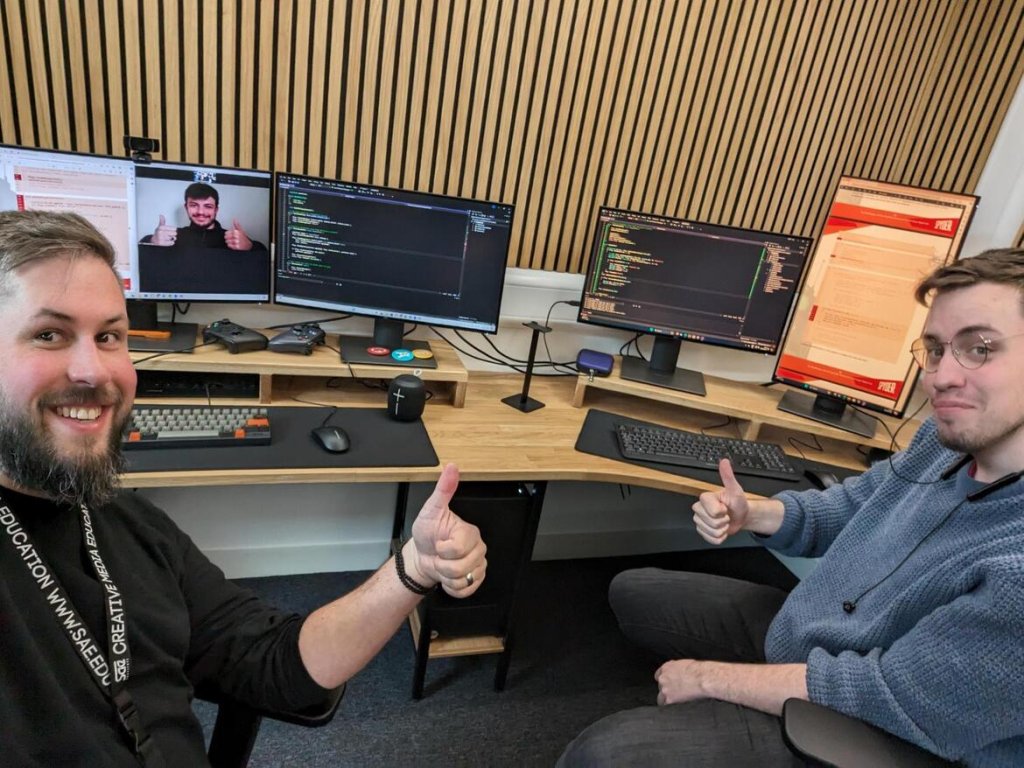
Can you share examples of industry connections that contribute to the course?
We’re all about trying to get students networking and connected with industry. We have lots of opportunities where we have people come into our lectures and workshops. We’ve had senior programmers from PlayStation London, we’ve had senior programmers from Working VR, we had lead artists from SUMO Digital, lead programmers and technical from Pursuit Digital.
We have these gaming experts talk to our students, look at their projects and give them 1-to-1 feedback. It’s just such a rich environment, especially right here in Leamington Spa as we’ve got game studios on our doorstep.
We also take our students to lots of the bigger expos and lots of events like EGX and WASD, then smaller, industry-only events that we usually get access to as well. We go to Pocket Gamer Connects, so our students are free to mingle with some of the studios and devs that work in the mobile space, VR space, and more.
What are the career paths and opportunities for students studying these courses?
Many students think instantly about wanting to work in the AAA games industry and that’s something that we do structure our course to allow. Students work in studios, they make lots of connections with AAA game studios, so lots look at getting into game play programming or AI programming, or other kinds of core programming jobs.
Lots of students look at getting into game design, like level designers for these studios, but also that’s not everything the course can encompass.
We’re looking at other routes as well, like indie game routes, so setting up a studio or startup. You will meet so many other students on this course that you could start a studio with. We take students through how you’d start these studios up, get funding, copyright your ideas, develop games, and get them out there.
We also look at other industries that have massive amounts of crossover. If you’re a game designer, you’ve got board games and tabletop games, role playing games, there’s lots and lots of scope for crossover with other types of interactive entertainment media. If you’re a programmer looking at all the different areas of software development that you can also get involved with, especially for C Sharp and C++ in different areas of software development.

What is the best piece of advice for someone looking to start their career in programming and design?
First of all, obviously play a lot of games! You need to know what makes a good game if you’re gonna make a good one, so play lots of games. Don’t just kind of just passively absorb. Think about that game, what you really enjoyed, why it was so good, what makes that game so entertaining.
I would say as well, keep an eye on the SAE website because we run online virtual evenings. We did one for design where we took students through using scripting software and tools from scratch which teaches you the core of games development and putting these small programmes together.
We run these throughout the year and that’s a really good way to get a taste of what these courses are like.
STUDY AT SAE
Whether you want to work in Film Production, Audio Production or more, there are many different opportunities to elevate your career in the creative industries with us.
Our degrees will provide you with the skills, experience and knowledge to succeed at the highest level.


